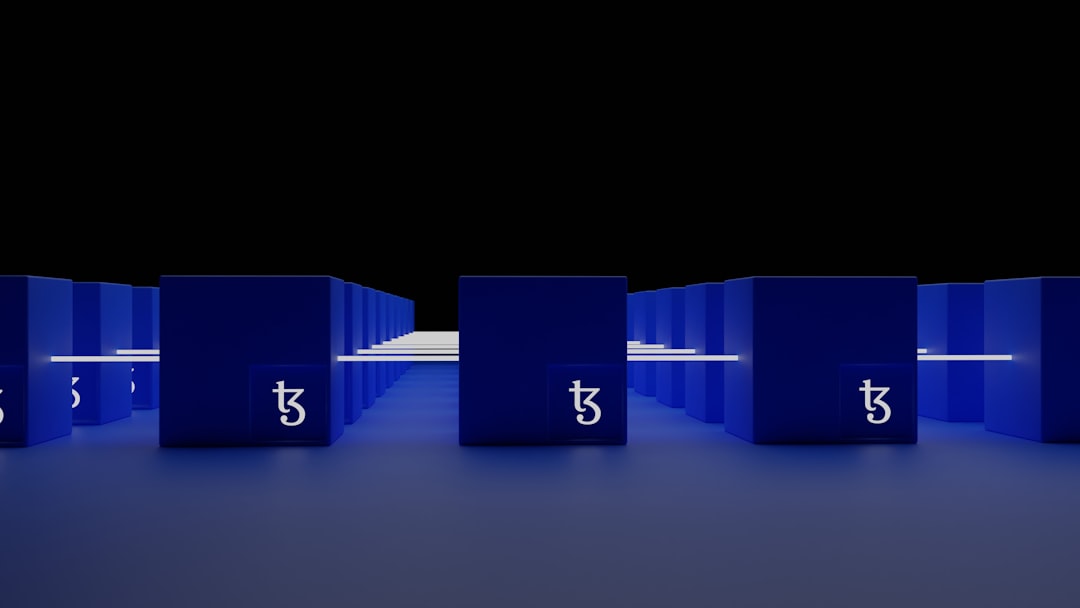When sharing files over the BitTorrent network, users generally encounter two popular distribution methods: magnet links and .torrent files. At first glance, these may appear to serve the same purpose — helping users to download content via torrents — but under the surface, they function differently. Understanding the distinction is critical for anyone who uses peer-to-peer file sharing regularly, especially in terms of compatibility, privacy, and efficiency.
What Are Torrent Files?
Table of Contents
Torrent files are small metadata files with a .torrent extension. These files do not contain the actual content to be downloaded. Instead, they contain essential metadata such as:
- Information about the files being shared (names, sizes, folder structures)
- Cryptographic hash values for verifying data integrity
- URLs of tracker servers that help connect peers
A torrent client uses this data to find other users sharing the same content and begins downloading pieces from multiple peers simultaneously. Because of the decentralized nature of torrenting, this leads to faster download speeds and efficient file distribution.
Historically, torrent files have been the default method for distributing digital content via BitTorrent. Websites and platforms would host torrent files on central servers, allowing users to download them as needed. Then, those files were opened with a torrent client to begin downloading the content.
What Are Magnet Links?
Magnet links are a newer way to initiate torrent downloads without needing a separate .torrent file. Instead of containing metadata, a magnet link encodes essential information such as the file’s cryptographic hash directly into the URL. This hash uniquely identifies the torrent and allows the client to gather metadata from other peers in the swarm.
A typical magnet link looks something like this:
magnet:?xt=urn:btih:HASHVALUE&dn=FILENAMEThis URL:
- Identifies the file using the torrent’s hash
- Provides optional display names
- May include other parameters such as trackers and file sizes
Magnet links are extremely efficient because they eliminate the need for a centralized server to host torrent files. Instead, the torrent client uses the hash to find other peers and download the metadata directly from them.

Core Differences Between Magnet Links and Torrent Files
| Feature | .torrent File | Magnet Link |
|---|---|---|
| Format | A binary file containing metadata | A plain-text URL containing a file hash |
| Storage | Must be hosted on a server or shared manually | No storage needed; can be posted as a simple URL |
| Privacy | May expose user’s IP when accessed from a host server | Reduced initial server dependency offers better anonymity |
| Compatibility | Supported by all torrent clients | Most modern clients supported; older ones may not |
| Download Speed | Starts faster (metadata already present) | May be slightly delayed (metadata fetched from peers) |
Advantages of Using Magnet Links
Magnet links offer several benefits, which have led to their increasing popularity among torrent users and platform providers:
- Decentralization: There is no need for a central server to distribute
.torrentfiles, reducing legal risk and costs. - Permanent and Shareable: As plain-text URLs, magnet links are easier to copy, share, and embed in websites or messages.
- More Secure: Because the identifier is a hash value, the link inherently verifies the authenticity of the content.
Advantages of Using Torrent Files
Even with the rise of magnet links, torrent files continue to have practical value:
- Faster Initial Downloads: With metadata already present, torrent clients can begin connecting to peers immediately.
- Offline Sharing: Since it’s a physical file, it can be distributed via USB drives, email attachments, or private networks.
- Advanced Torrent Management: Some torrent clients offer more control over file selections and trackers when using
.torrentfiles.

Privacy and Legal Considerations
Both magnet links and torrent files operate in the same ecosystem, and as such, users are subject to the same legal and ethical considerations when sharing copyrighted content. However, magnet links offer a slight privacy edge:
- By avoiding centralized servers, magnet links reduce potential exposure to third-party surveillance or takedown requests.
- Because the metadata is requested from the peer swarm instead of a central server, there’s less metadata trail.
Regardless of the method used, it is critical that users adhere to legal and ethical content distribution policies. Unauthorized file sharing can be subject to civil and criminal penalties, depending on jurisdiction.
When to Use Magnet Links vs. Torrent Files
The decision between magnet links and torrent files often comes down to context. Here are some example scenarios to help guide the choice:
- Use Magnet Links if:
- You want a quick and easy way to share a file
- You’re posting links in forums, emails, or documents
- You want to avoid legal notice through file hosting
- Use Torrent Files if:
- You’re managing a private tracker with strict tracker rules
- You need rapid download start times
- You prefer offline distribution methods
How Modern Clients Handle Both
Popular torrent clients such as qBittorrent, uTorrent, and Transmission are now fully compatible with both types of input. In recent years, many have prioritized magnet link handling due to its simplicity and lower overhead. Once a magnet link is detected, the client initiates a process called metadata exchange using a Distributed Hash Table (DHT), enabling it to locate peers and commence the download process.
Some clients automatically switch to DHT, peer exchange (PEX), and Local Peer Discovery (LSD) to retrieve this data more efficiently. Meanwhile, support for .torrent files remains strong, especially in private trackers where magnet links are often restricted.
Conclusion
Ultimately, magnet links and torrent files serve a similar role within the BitTorrent network, acting as keys that unlock access to content distributed across peer-to-peer systems. The fundamental difference lies in where and how that metadata is stored and accessed. Magnet links emphasize decentralization and ease of use, while torrent files offer greater control and quicker start times.
As the ecosystem continues to evolve, magnet links are rapidly becoming the preferred method due to their simplicity and resilience against server downtime and centralized monitoring. However, knowing the strengths of both formats ensures users can adapt to various needs and circumstances while staying efficient, secure, and compliant.

Whether you’re a casual downloader or a seasoned seeder, understanding the distinction between these two formats can optimize your file-sharing experience and ensure you get the most from your torrent client.

